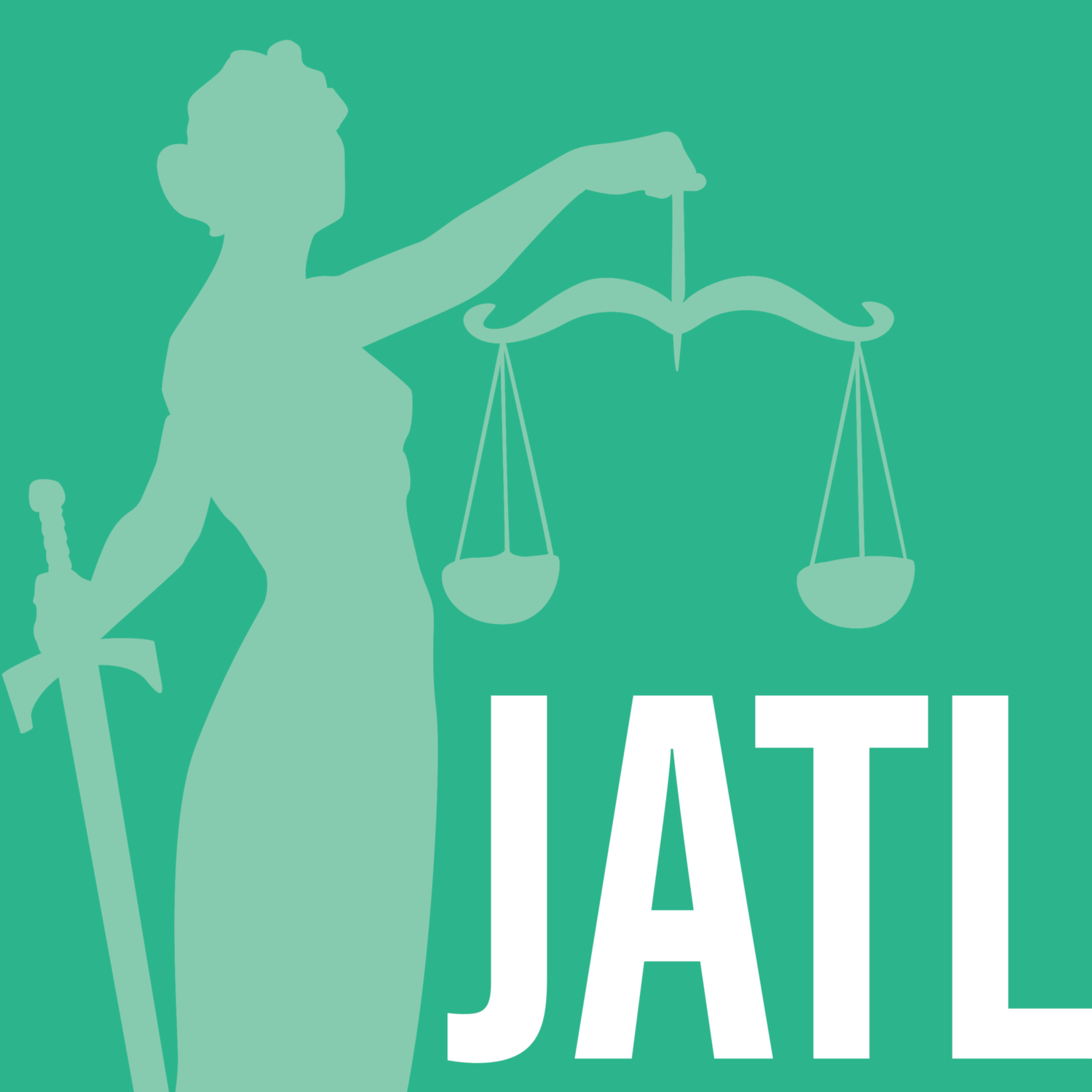Concerns have been raised regarding the potential for serious outbreaks of COVID-19 to occur in correctional facilities across Australia. This follows reports that other countries, such as China and Iran, are struggling to contain the spread of COVID-19 in their prisons. Drastic measures have been taken in Iran, whereby the Iranian Judiciary Chief, Seyyed Ebrahim Raisi, granted furloughs to approximately 70,000 prisoners in an effort to contain the spread of the virus in prisons.[1] Meanwhile, China has confirmed 555 cases of COVID-19 in five prisons of three provinces – Hubei, Shandong and Zhejiang. [2]
Prisons, much like cruise ships, are considered to be the perfect incubators for viruses. Prison populations are particularly vulnerable to communicable diseases due to constant over-crowding, overloaded prison health services, inadequate ventilation and hygiene, and the prison management practice of maintaining ‘discrete subpopulations of different security classifications’. [3] In Australia, transporting prisoners between sites is vital to prison management, and in New South Wales roughly 300,000 prison-prison and prison-court movements are made annually. [4] Furthermore, if medical staff and correctional offers become ill or have to be quarantined, there will be even fewer people available to provide care and services within the prisons.
In Australia, there are approximately 43,100 prisoners currently detained in correctional facilities across the country. [5] These prisoners are all at risk should an outbreak occur within prison walls. The gravest health concerns, however, are for more vulnerable prison populations, such as the elderly. A report in June 2018 found that 1,156 prisoners in Australia were aged 65 years old or above. [6] It can be presumed that these figures are even higher in 2020.
Another concern is that the majority of these inmates have yet to be sentenced. According to Amanda George from Flat Out Inc, 77% of people being sent to Australian prisons today are not even sentenced. [7] She says that everyone who can be bailed should be bailed, everyone who can be paroled should be paroled, and that everyone who can get medical or compassionate leave should be granted leave. Amanda has also raised concerns about the devastating impact outbreaks in prisons could have for Aboriginal and Torres Strait Islander communities who are disproportionately imprisoned.
Debbie Kilroy from Sisters Inside Inc. has also released a statement calling for all incarcerated women and children to be released before the virus hits prisons, further stating that, ‘Poverty shouldn’t be a death sentence’. [8]
Greg Barns, the Chairman of the Tasmanian Prisoners’ Legal Service, has called for prisoners, in particular the elderly, to be released if COVID-19 ‘hits jails’, and to place them in secure accommodation facilities. [9] He also stated that it is vital for quarantine measures within prisons to be humane, or else it would simply be a case of torture.[10]
"If prisoners contract the coronavirus and are forced to be quarantined it would be unconscionable to quarantine them by simply locking them in their cells for 24 hours a day, seven days a week for two weeks," Mr Barns said. [11]
Should an outbreak occur within prison walls, the legal implications, if any, are unclear. If appropriate health measures are not put into place by correctional facilities and governments, we may see inmates initiating legal action.
International frameworks from the United Nations (UN) and the World Health Organisation (WHO), supported by national principles in Australia, stipulate that prisoners should receive health care equivalent to that available in their community, without discrimination based on their legal situation. [12]
Queensland, Victoria and the ACT all have human rights acts, and provisions which may potentially be utilised in this context. The Human Rights Act 2019 (Qld) contains a provision under Section 30 which outlines the right to Humane treatment when deprived of liberty. [13] In the future, we may see inmates using the human rights acts to assist in legal actions relating to COVID-19.
Whether governments choose to release vulnerable prisoners into the population remains to be seen.
Article by Melanie Karibasic
Bibliography
[1] https://ifpnews.com/iran-grants-leave-to-70000-prisoners-amid-coronavirus-outbreak
[2] https://thediplomat.com/2020/03/cracks-in-the-system-covid-19-in-chinese-prisons/
[3] Michael Levy (2009). Infection control standards for Australian prisons: forgotten, but not forgiving. Healthcare Infection, Sydney
[4] Ibid.
[5] https://www.abs.gov.au/ausstats/abs@.nsf/mf/4512.0
[6] https://www.agedcareinsite.com.au/2019/04/ageing-prisoners-are-challenging-the-system-inside-and-out/
[7]https://www.facebook.com/permalink.phpstory_fbid=3457895357614163&id=193926070677791&__tn__=K-R
[8]https://www.facebook.com/photo.phpfbid=2486148014941779&set=a.1618036585086264&type=3&theater
[9] https://www.theadvocate.com.au/story/6676420/release-vulnerable-inmates-if-virus-hits-prisons-barns/ ; https://twitter.com/BarnsGreg/status/1237615697833803776
[10] Ibid.
[11] Ibid.
[12] Australian Institute of Health and Welfare (2014). Prisoner health services Australia 2012, Bulletin 123, Canberra.
[13] Human Rights Act 2019 (Qld)
Stock Photo: Photo by Matthew Ansley on Unsplash

